Why some flowers smell like death
These stinkers give off the vilest smells imaginable
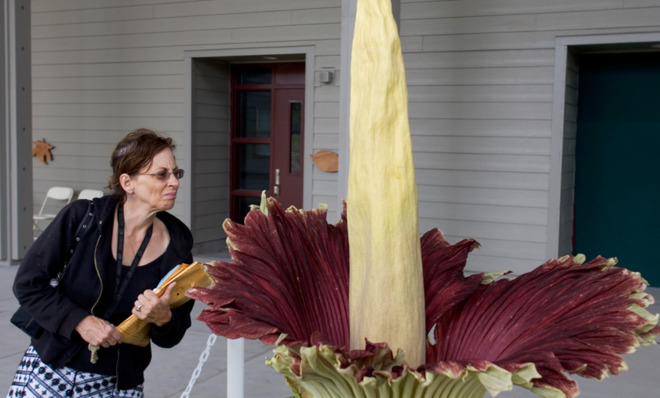
It's great to stop and smell the roses, but there are certain flowers you definitely don't want to get a whiff of. While many plants use sweet smells and nectar to attract insects and other animal pollinators, some employ a different tactic: They exude the putrid odors of feces and rotting animal carcasses.
The revolting smells lure in flies, dung beetles, and other bugs that feast on and lay their eggs in nasty things. To them, the smells are like just baked cookies or fresh laundry — too enticing to pass up. But when the disappointed insects figure out the flowers aren't what they're looking for, they still pick up or drop off some pollen before moving on.
Scientists have found that this gross strategy has evolved independently in at least five plant families. Many of the species that use it are dead-on mimics and emit some of the same volatile organic compounds recorded in actual carrion and dung. Some stinks are even tailored to the specific preferences of bugs, like high-sulphur carnivore droppings vs. low-sulphur herbivore dung.
The Week
Escape your echo chamber. Get the facts behind the news, plus analysis from multiple perspectives.

Sign up for The Week's Free Newsletters
From our morning news briefing to a weekly Good News Newsletter, get the best of The Week delivered directly to your inbox.
From our morning news briefing to a weekly Good News Newsletter, get the best of The Week delivered directly to your inbox.
A few of the flowers that mimic the smell of carcasses take their "playing dead" act a step further and generate heat. This makes them seem even more like a dead body (bacteria and any maggots already on a carcass can make things pretty warm), and also helps spread their odors.
Here are some of the more notable stinkers.
Amorphophallus titanium
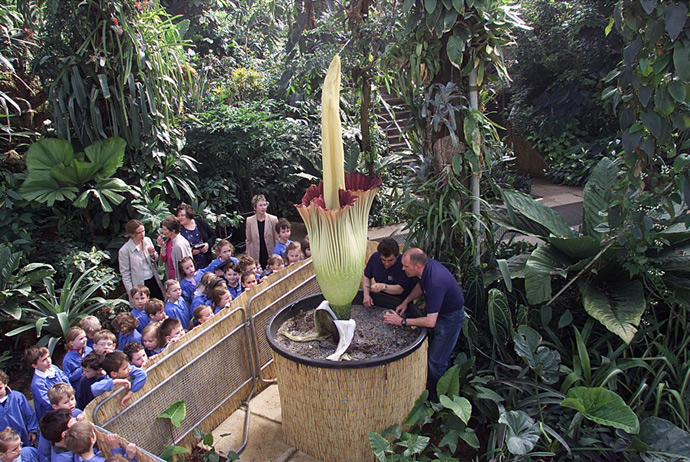
Also known as the corpse flower or the titan arum, this plant relies on "flesh flies" and carrion-eating beetles for pollination and smells strongly of rotting meat to attract them. To the relief of sensitive noses, it blooms infrequently and can go years or even decades in between flowerings. If you ever want to see one in the flesh, several gardens in the U.S. keep them, including the U.S. Botanic Garden Conservatory in Washington, D.C., the Missouri Botanical Garden in St. Louis, and the Huntington Botanical Gardens in San Marino, CA.
A free daily email with the biggest news stories of the day – and the best features from TheWeek.com
Helicodiceros muscivorous
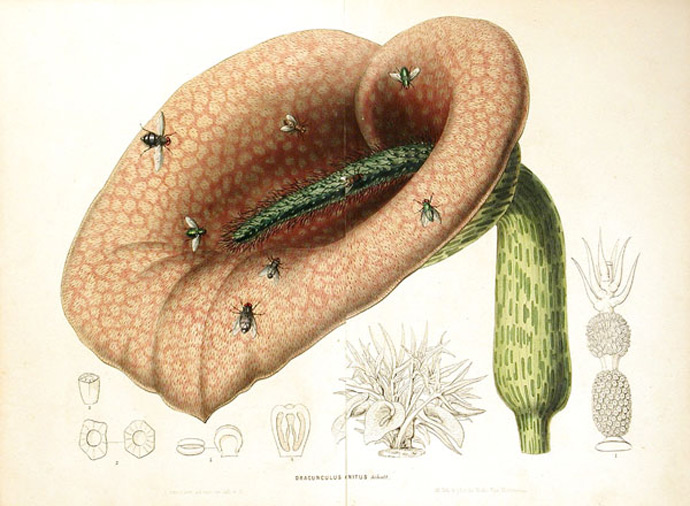
The "dead horse lily" is native to a handful of Mediterranean islands and lures in blowflies with a scent not unlike…well, just look at the nickname. When a fly lands and crawls deeper into the flower, the plant blocks its exit with a ring of spiny "hairs." The insect is trapped for several hours with the plant's "female" parts so they can be pollinated. When the hairs dry out later and the fly is free to go, it has to pass the "male" parts from which it collects more pollen.
The dead horse lily also attracts the Lilford's Wall lizard, which uses the plant's heat to regulate its body temperature on cool days. The lizard also eats some of the flies buzzing around the flowers and the plant's fruits.
Rafflesia arnoldii
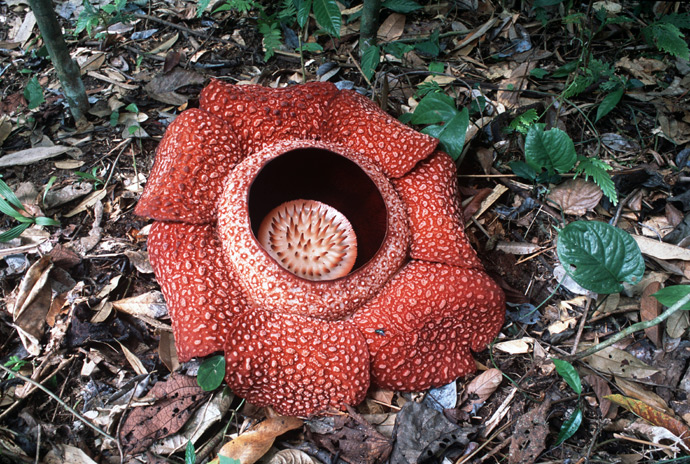
R. arnoldii produces the largest individual flower in the world — up to three feet across and weighing in at around 15 pounds. Despite smelling like decaying flesh (people who have smelled it compare it to a rotting water buffalo) and parasitizing other plants for water and nutrients, it's one of the national flowers of Indonesia.
Satyrium pumilum
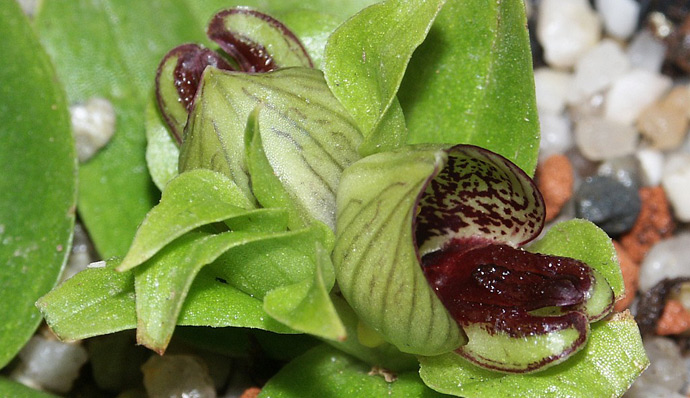
Researchers studying this orchid in South Africa found that its odor is pretty close to a dead rock hyrax, a mammal that looks like a big guinea pig (but is most closely related to elephants). They think that the plants mimic small amounts of carrion to specifically attract female flesh flies, which excel at picking up weak scents and are the right size to reach the recesses of the orchid's flowers.
Amorphophallus konjac
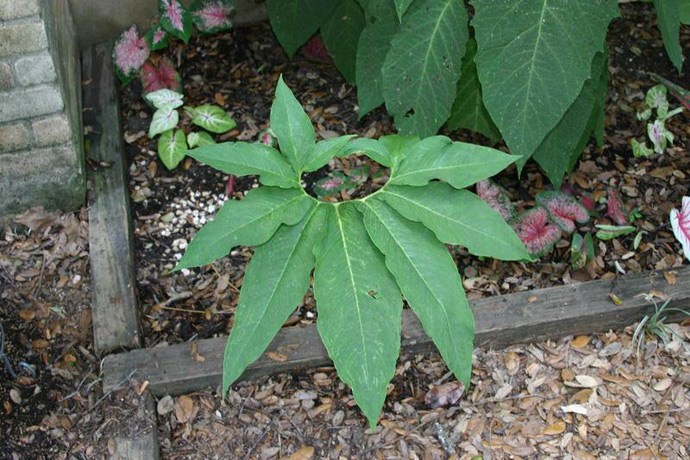
The scent of the "voodoo lily" has been described as "Dead mice. For a couple of days. In a plastic bag that you then open up and take a whiff of."
Symplocarpus foetidus
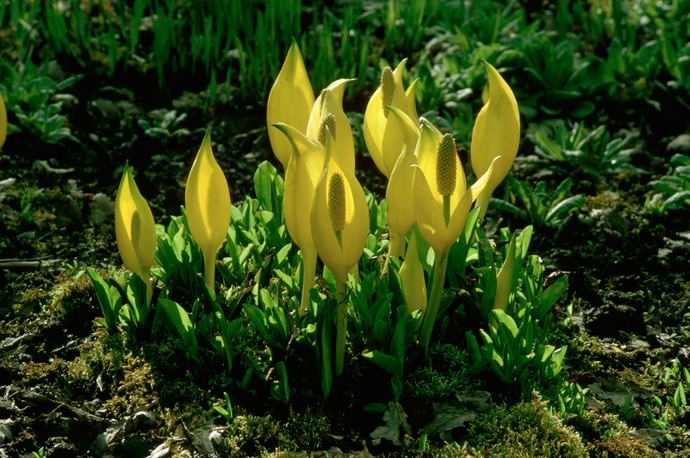
The dead-flesh smell of the "skunk cabbage" comes in part from a pair of appropriately named odor compounds: putrescine and cadaverine. While most animals will avoid the plants because they can cause upset stomachs, bears are known to eat the buds and leaves when they come out of hibernation in the spring.
-
 ‘Let 2026 be a year of reckoning’
‘Let 2026 be a year of reckoning’Instant Opinion Opinion, comment and editorials of the day
-
 Why is Iran facing its biggest protests in years?
Why is Iran facing its biggest protests in years?TODAY’S BIG QUESTION Iranians are taking to the streets as a growing movement of civic unrest threatens a fragile stability
-
 How prediction markets have spread to politics
How prediction markets have spread to politicsThe explainer Everything’s a gamble